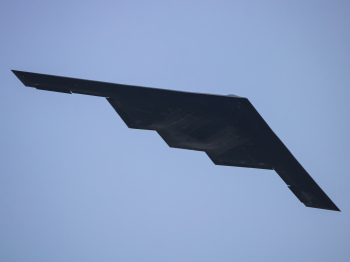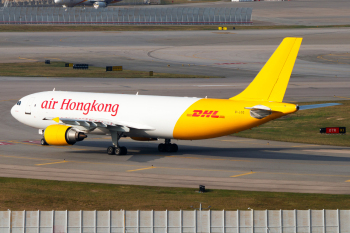Flight Dynamics is the science of the motion of an aircraft through the air. It encompasses the study of the forces, torques, and moments of an aircraft in flight, as well as the interactions between the air, the aircraft, and the environment. Flight Dynamics is an essential tool used in the design and analysis of aircraft, and is used to calculate the aircraft's performance, stability, and control.
The study of Flight Dynamics can be broken down into three main areas: aerodynamics, control systems, and propulsion. Aerodynamics is the study of the forces and moments generated by the air as it interacts with the aircraft. This includes the lift, drag, and thrust forces, as well as the pitching, yawing, and rolling moments. Control systems are used to control the aircraft's attitude and velocity in order to achieve a desired flight path. This includes the use of ailerons, elevators, and rudders, as well as thrust vectoring systems. Finally, propulsion is the study of the engine and its various components. This includes the design of the engine, its thrust characteristics, and the fuel system.
When studying Flight Dynamics, the first step is to understand the forces and moments acting on the aircraft. These forces and moments can be broken down into two categories: aerodynamic forces and moments, and inertial forces and moments. Aerodynamic forces are those generated by the air as it interacts with the aircraft, such as lift and drag. Inertial forces and moments are those generated by the aircraft's motion, such as gravity and centrifugal force.
The next step is to understand the control systems used to control the aircraft's attitude and velocity. This includes the use of ailerons, elevators, and rudders, as well as thrust vectoring systems. These control systems allow the pilot to control the aircraft's attitude and velocity, and thus its flight path.
The third step is to understand the propulsion system used to power the aircraft. This includes the design of the engine, its thrust characteristics, and the fuel system. The engine must be designed to provide enough power to achieve the desired flight characteristics, while the fuel system must be able to provide the necessary fuel for the engine.
Finally, the fourth step is to use the principles of flight dynamics to analyze the aircraft's performance and stability. This includes the study of the aircraft's lift and drag characteristics, as well as its stability and control. This analysis can help to determine the aircraft's optimum flight performance, as well as its stability and control characteristics.
Flight Dynamics is an essential tool used in the design and analysis of aircraft. It helps to understand the forces and moments acting on the aircraft, as well as the control systems used to control the aircraft's attitude and velocity. It also helps to understand the propulsion system used to power the aircraft, and the principles of flight dynamics used to analyze the aircraft's performance and stability. With this understanding, aircraft designers and engineers can ensure that the aircraft they design perform as intended and are safe to fly.





Comments